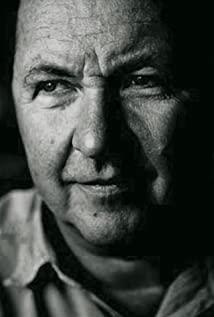The film directly hits the emptiness and lack of existence of human beings. No matter how the characters in the film toss, collide, pursue or even attack each other, they cannot exchange for the understanding and acceptance of my soul in the end. The film is still narrated in the form of small plots, but like prose, it has a clearer theme. The director's audio-visual style is unique and clear, and the almost completely fixed camera position magnifies the alienation of interpersonal relationships, making the characters' monologues and self-assurances in the camera appear more absurd, humorous, and more lonely! The soundtrack of the film is very good, adding a lot of dark humor to the film!
As the second work in the series, the style is no different from the previous work. Still a long shot, still a trivial piece of life, the actor's face is painted in white, which minimizes the emotional fluctuations brought by the change of expression to the audience to the greatest extent. Different from the first large-scale discussion of religious beliefs, this film has a wider scope, interpreting themes of life and death, joy and sorrow, self-confidence and inferiority, ordinary and insignificance, love and being loved.
View more about
You, the Living reviews








